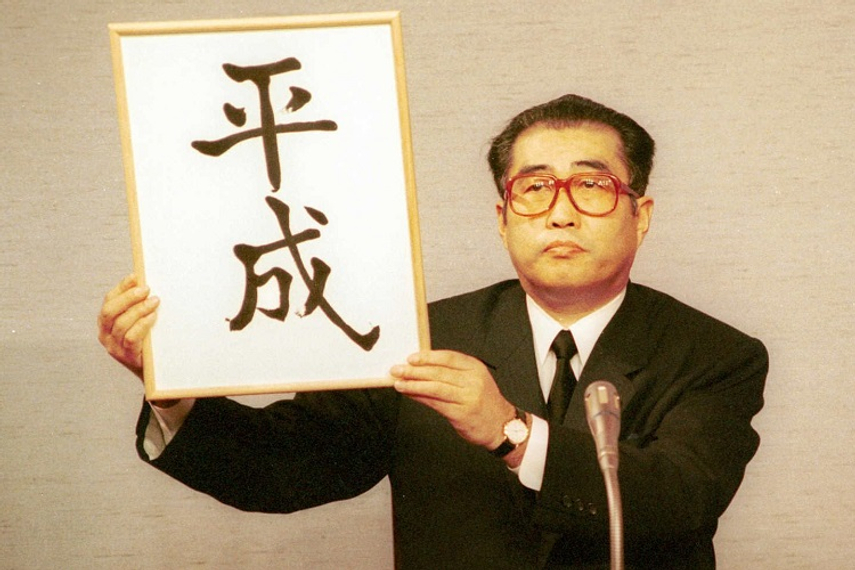
Please sign in or register
Existing users sign in here
Having trouble signing in?
Contact Customer Support at
[email protected]
or call+852 3175 1913
What is among the world's most challenging branding assignments? Defining Japan in just one word is certainly one among them, says the author.

Contact Customer Support at
[email protected]
or call+852 3175 1913
Top news, insights and analysis every weekday
Sign up for Campaign Bulletins
The loss was fuelled by $203 million in costs for 'strategic restructuring actions'.
Spikes Asia 2025 concluded tonight in Singapore with Ogilvy named Network of the Year, Colenso BBDO Auckland and EssenceMediacom taking home top honours, and Kazakhstan joining the winners’ circle for the first time.
Campaign celebrates ingenuity, impact, and excellence in crafting distinctive events across diverse markets in the region.
Campaign Indonesia speaks with Mondelez International executives about the Oreo Space Dunk campaign, which launched Oreo biscuits into space.